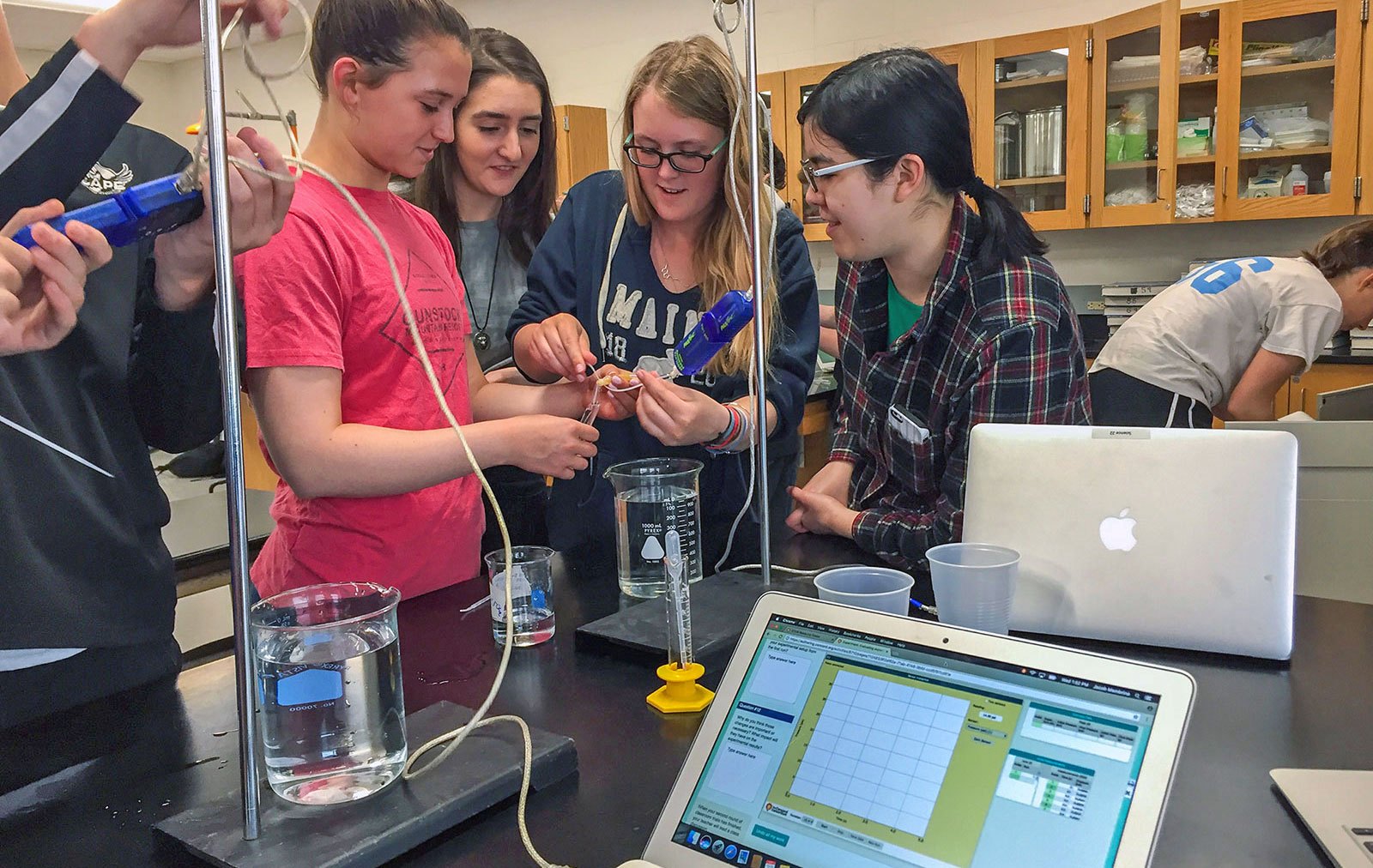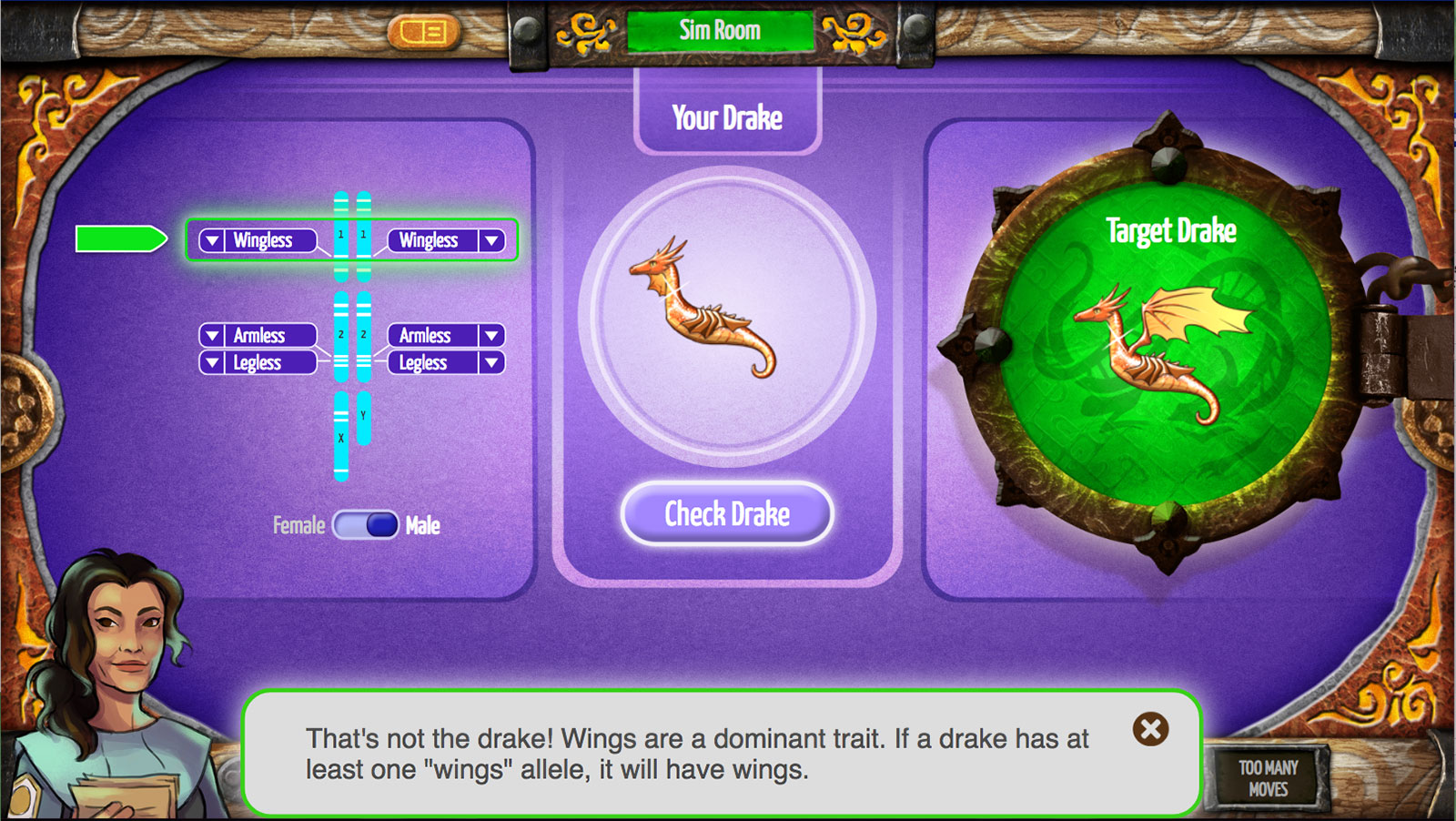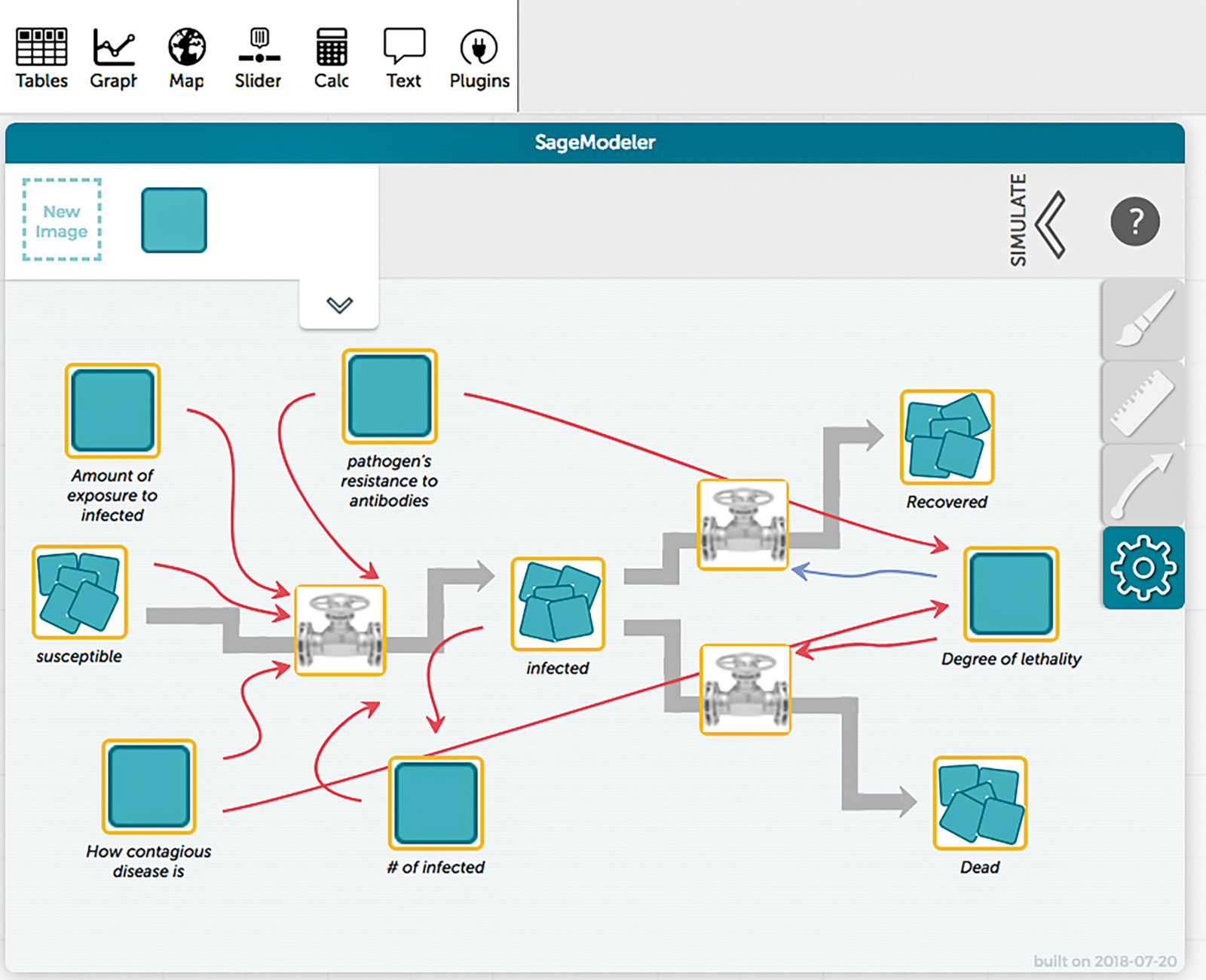The InquirySpace Model of Scientific Experimentation, Using Artificial Intelligence to Design a Solar Farm, Exploring the Essential Elements of Data Science Education, and more in Fall @Concord
In It for the Journey: The Road to Powerful STEM Learning
What's the difference between just driving somewhere and taking a road trip? Plenty! Over the past year, I've had the pleasure of opening my children's eyes to the incomparable joys of the road trip: the unexpected roadside attraction, the anticipation of unknown intrigue just around the next curve. So what do road trips have to do with data and STEM learning? As it turns out, just about everything.
The InquirySpace Model of Scientific Experimentation
Laboratory investigations are a mainstay of the science classroom, and have historically been the pathway for students to "experience science." The importance of engaging in science and engineering practices is one of the three dimensions of A Framework for K-12 Science Education and the Next Generation Science Standards (NGSS). A naive reading of these practices might leave one thinking that we already do these things.
Monday's Lesson: Using Artificial Intelligence to Design a Solar Farm
A large part of engineering is about searching for good designs. But an optimal design is often hard to find. Artificial Intelligence (AI) is about to change that. Design is an evolution of solutions, and AI tools such as genetic algorithms are an excellent fit. They can generate a variety of designs in the same way genetics does for biology—and help people learn, design, and discover new things. This Monday's Lesson unveils the incredible power of AI with a classroom-ready application.
Exploring the Essential Elements of Data Science Education
She scans the numbers, scrutinizing thousands of cases and dozens of attributes. Something doesn’t look right. Missing values? Incorrect coding? Fixing those will be a start. Cleaning, checking, re-sorting—gradually she cajoles the enormous array into a workable form. Now the fun part begins: teasing out hidden relationships and laying the groundwork for deeper analysis. She merges the tamed dataset with another and digs in, stacking, filtering, creating graph after graph, hot on the trail of unseen patterns and new insights.
A Dashing New Look into Dragon Genetics
Our popular dragon genetics games have been used by tens of thousands of high school biology students to learn about heredity and genetics. In hundreds of classrooms we have watched students light up when they solve a virtual breeding challenge and create an offspring drake with the right traits. However, it isn’t always obvious—to us or to the teacher—how well or poorly a student is progressing in the game and understanding the genetics concepts.
Solving Big Problems Requires Understanding Complex Systems
The 21st century is full of complex and perplexing problems that have proven tough to solve: pandemics, market crashes, global warming, poverty, and crime. If these problems could be explained by simple cause-and-effect relationships, we'd have a solution by now.
Under the Hood: Using Raspberry Pis and WiFis to Do More with Data
For decades students have been using sensors in science classrooms to collect real-time data. In this age of the "Internet of Things" (IoT), sensors are now commonplace, cheap, and amenable to DIY projects. Beyond just creating more data, how can we improve the ways that students interact with and understand data?
Innovator Interview: Colin Dixon
When Colin was young, he thought science was a set of procedures to follow. Now, one of his main goals is helping students see that science is about discovery and exploration, done in and with community.
News at Concord Consortium
The Concord Consortium is happy to announce the following new grants from The National Science Foundation: GeoHazards: Modeling Natural Hazards and Assessing Risks, Visualizing Geohazards and Risk with Code, Scaffolding Computational Thinking Through Multilevel Systems Modeling, and Connections of Earth and Sky with Augmented Reality.






